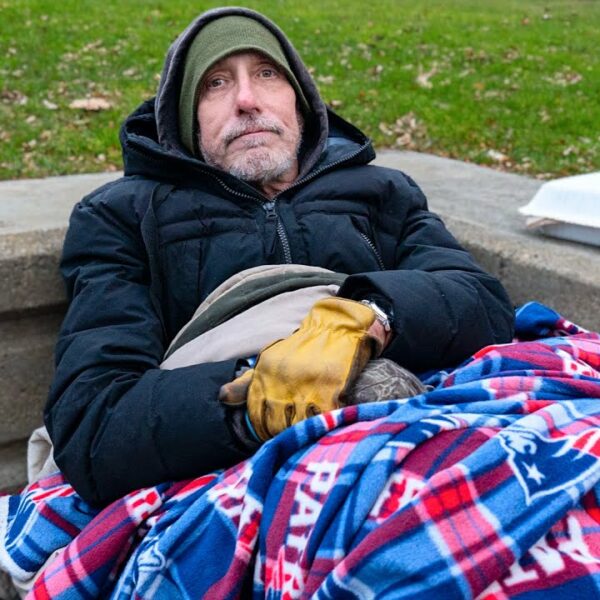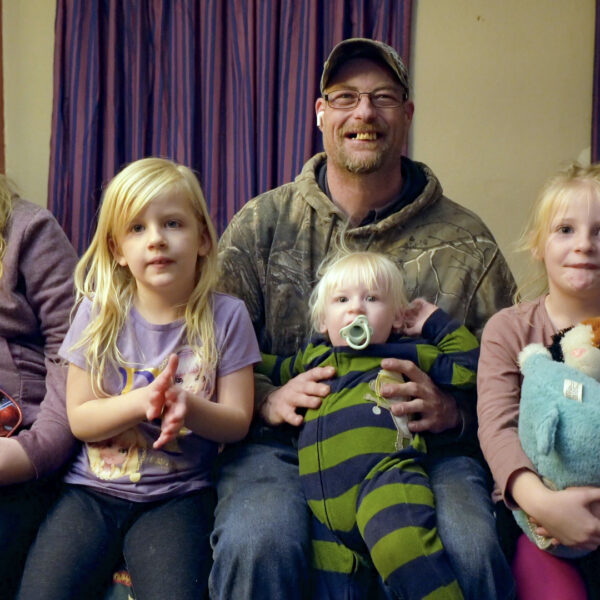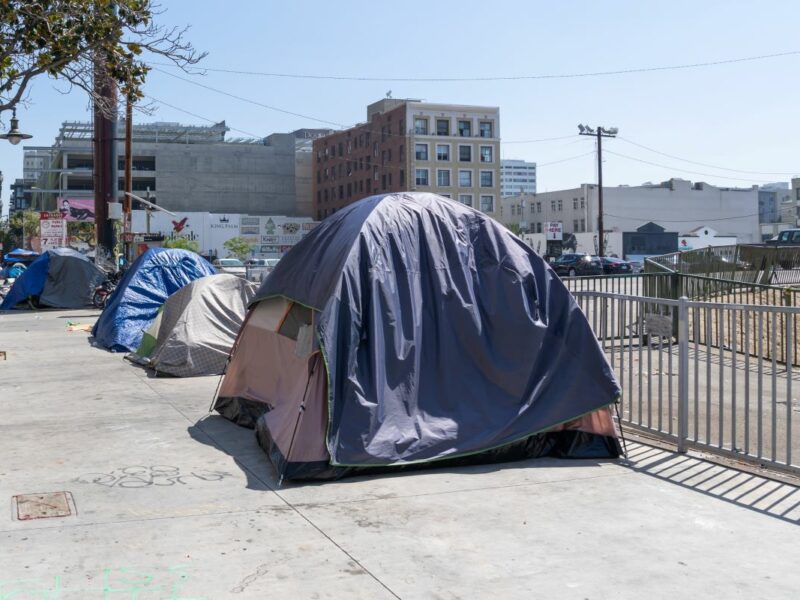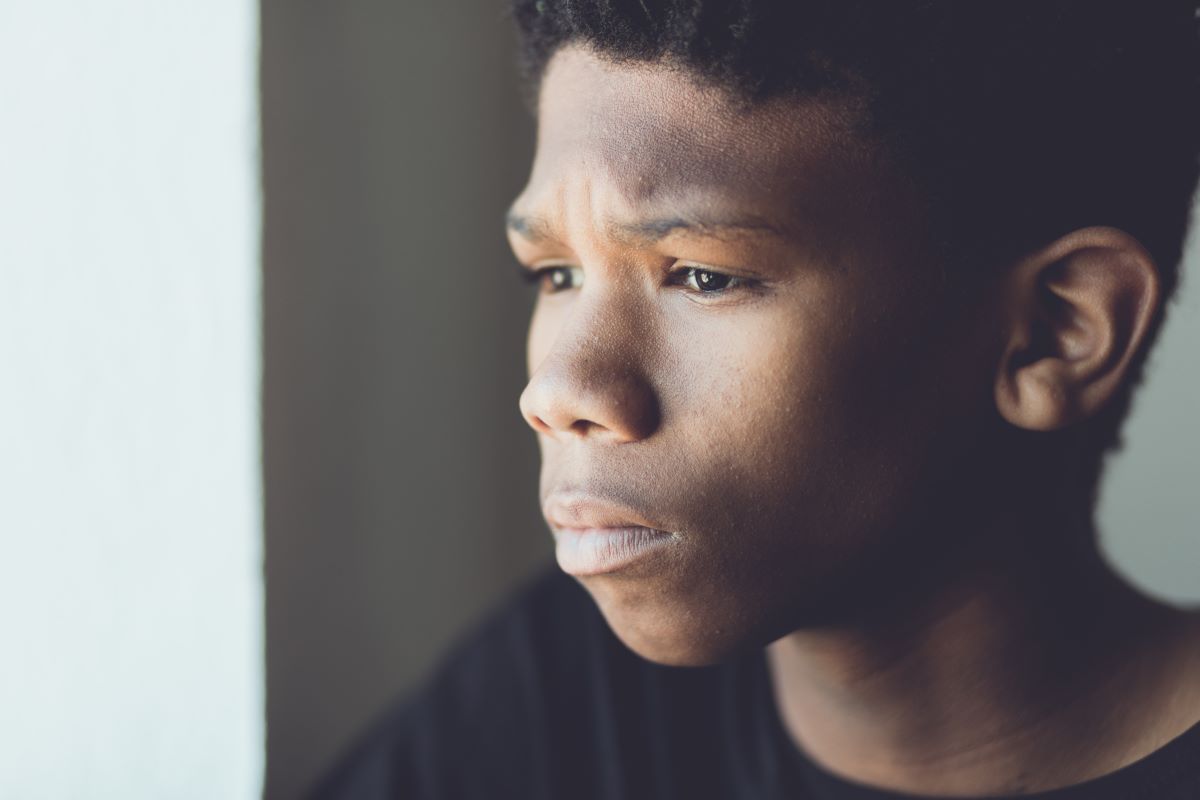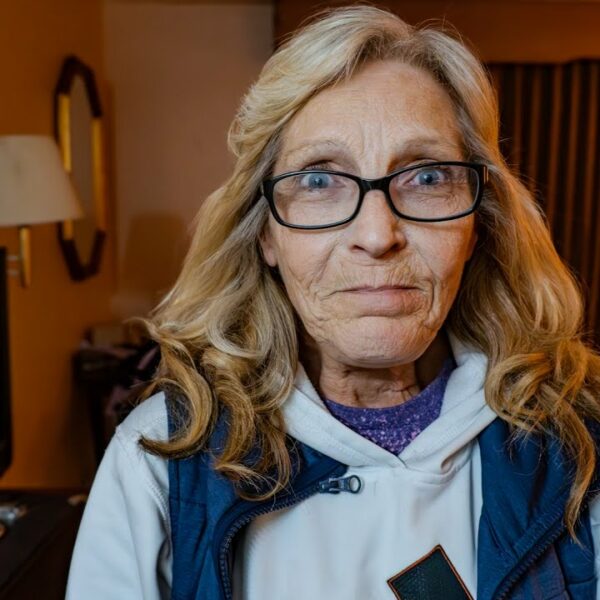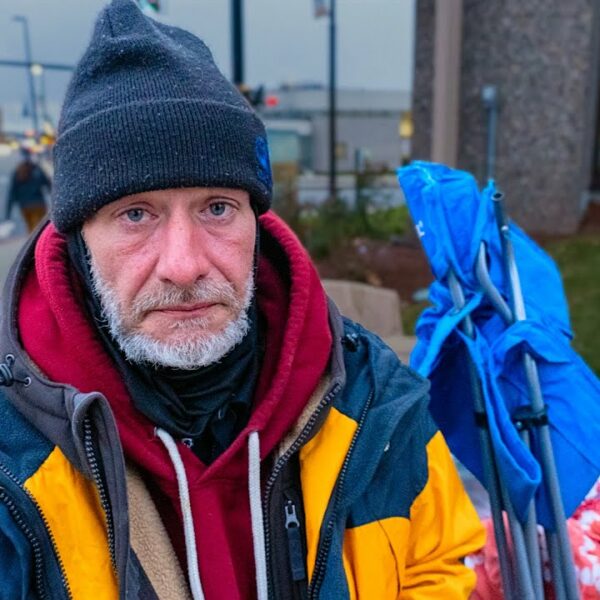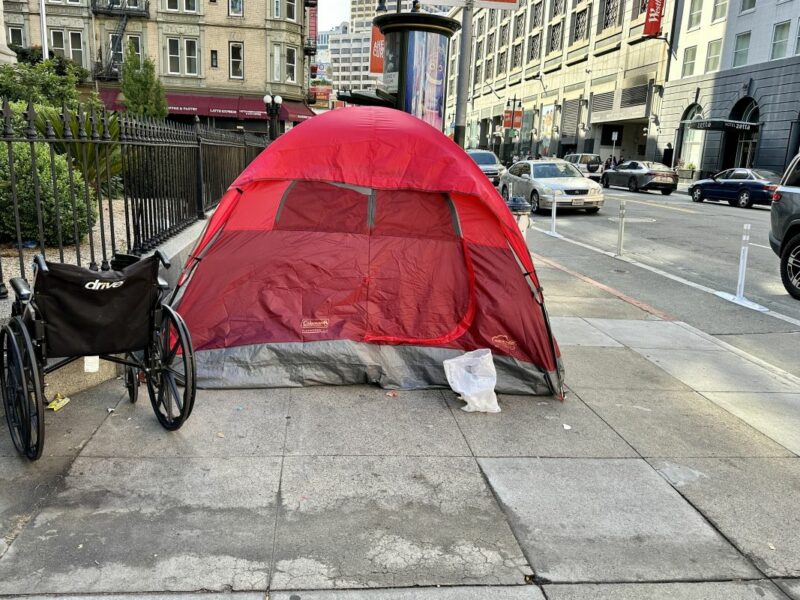A new study revealed that more than 470,000 students identified as homeless attend a school that does not receive dedicated funding to provide services through federal programs.
Schools are a great place for youths experiencing homelessness because they can provide shelter, free food, access to computers and the internet, and other services. Some districts, like Greenwood County School District 50 in Greenwood, South Carolina, have gone so far as to provide full laundry services for their homeless students. But the study’s findings suggest that many schools are not providing their homeless students with enough support.
The study was conducted by the University of Michigan’s Poverty Solutions lab in conjunction with SchoolHouse Connection, a national nonprofit that advocates on behalf of homeless students.
“The number of students experiencing homelessness in school districts that lack dedicated homeless education funding is likely even higher than what is shown in this data,” the study concluded. “This is because, as described above, under-identification of students experiencing homelessness is more likely to occur in school districts that do not receive annual funding.”
Nationwide, the study found that more than 25 million students in the K-12 system attend a school during the 2020-2021 academic year that does not have the funding to provide support services, as defined by the McKinney Vento Act. Some examples include tutoring, English as second language classes, or professional development programs.
Some schools that identify homeless students receive annual McKinney Vento Act grants to provide these services because the law was designed to “provide homeless students the same educational opportunities as housed students by removing as many barriers to learning for homeless students as possible.”
Study Finds Schools Are Under-Identifying Homeless Students
During the 2020-2021 school year, more than 1.1 million students nationwide were identified as homeless, or about 2.2% of all students in the U.S., according to data from the Department of Education.
The McKinney Vento Act defines homelessness as living in a household that is doubled-up with another family because of economic hardship, living in a car, or living in other places that are not “ordinarily used as a regular sleeping accommodation for humans,” according to the bill’s text.
The 1.1 million student total for the 2020-2021 school year represents a decline of about 14% from the 2019-2020 school year. However, that is still more than 60% more than it was during the 2004-2005 school year, according to federal data.
However, the study found that many school districts are under-identifying the number of homeless students they serve. In turn, that has created a funding gap that prevents many homeless students from accessing the services they are entitled to under federal law.
For example, the study found that rural areas enroll one-in-five homeless students nationwide while only accounting for 15% of the total student population. Eighty-eight percent of rural schools also lack dedicated homeless education funding, according to the study. This means that many rural students experiencing homelessness are missing out on free school transportation, meals, and other enrichment activities.
“We hope policymakers and practitioners alike use the profiles to understand gaps in support and to take action to prevent today’s homeless children and youth from becoming tomorrow’s homeless adults,” Barbara Duffield, executive director of SchoolHouse Connection, said in a press release.
More Schools Are Now Eligible To Receive Funding
The study also found that a growing number of school districts and other educational agencies are receiving more funding under the McKinney Vento Act because of a bipartisan amendment to the American Relief Plan Act. The amendment dedicated more than $800 million toward programs that identify homeless students, meaning more schools that never received funding in the past are now able to do so.
Preliminary data from 48 states shows that this reform already has a significant impact. Before the amendment was passed, only 19.5% of educational agencies that qualify for homeless student funding received a McKinney Vento grant. That total has since increased to 53.1%, according to the study.
“We know that under-identification is widespread and that it negatively impacts children, depriving them of critical support,” Jennifer Erb-Downward, director of housing stability programs and policy initiatives at Poverty Solutions, said in a press release. “With these data, communities can change this long-standing issue.”
How You Can Help
The pandemic proved that we need to rethink housing in the U.S. It also proved that providing additional support and protections for vulnerable renters and households with students facing housing instability worked.
That’s why we need you to contact your officials and representatives. Tell them you support keeping many of the pandemic-related aid programs in place for future use. They have proven effective at keeping people housed, which is the first step to ending homelessness.



